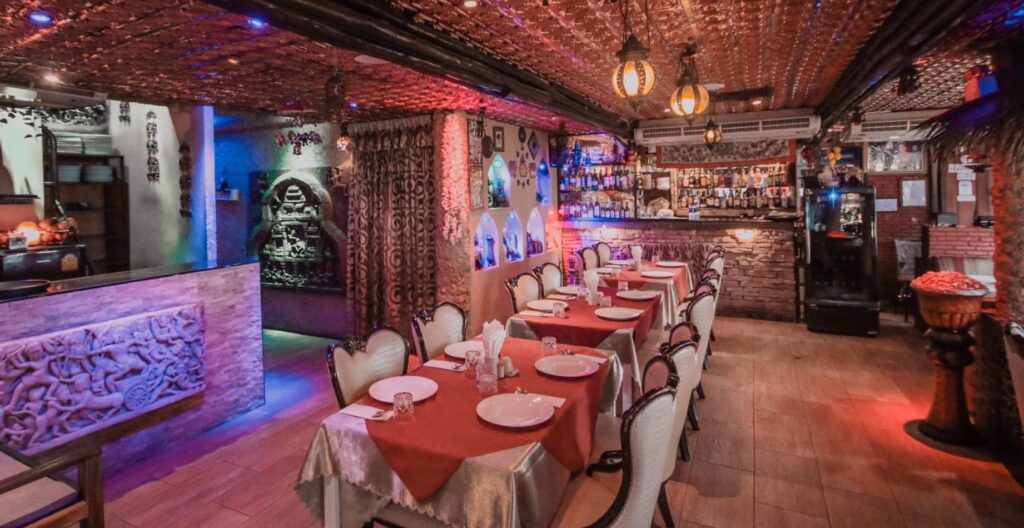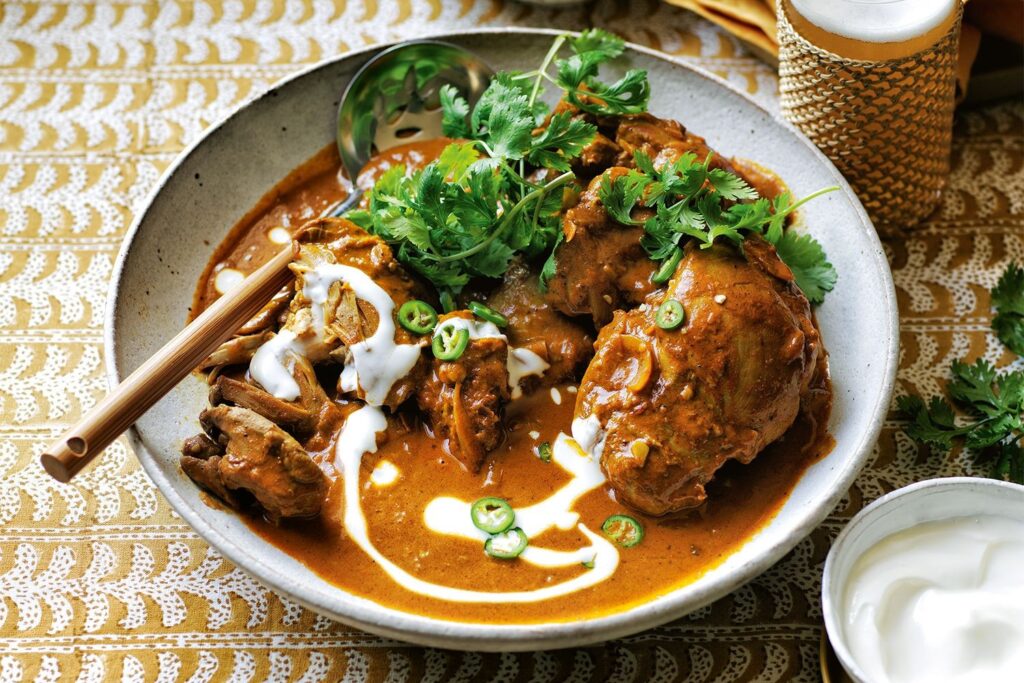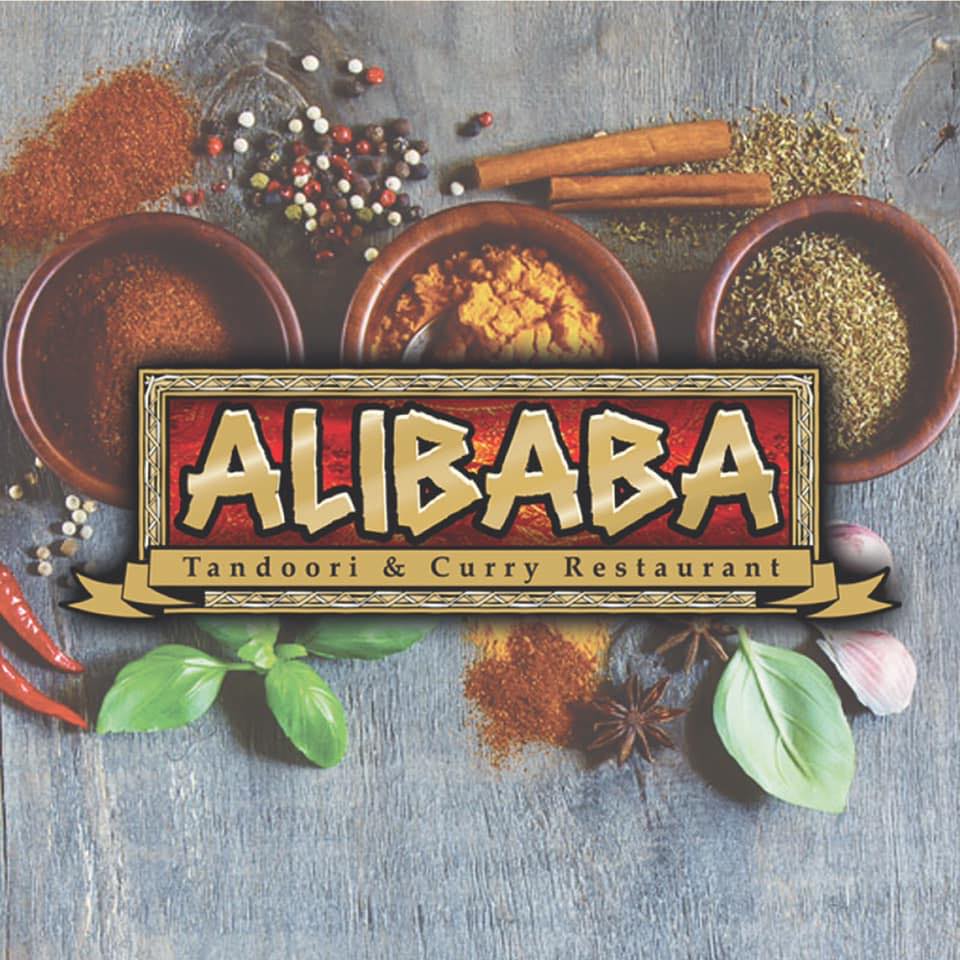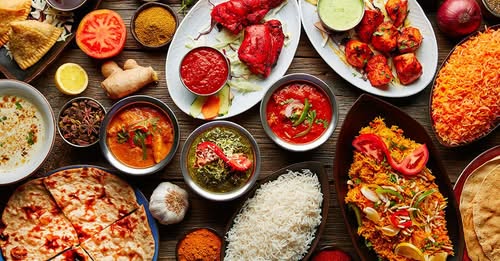Chicken Tikka Masala is one of the most iconic and beloved dishes in Indian cuisine, celebrated for its rich, creamy tomato-based sauce and tender pieces of marinated chicken. Despite its widespread popularity, the origins of this dish are shrouded in mystery and debate. Its journey from a regional specialty to a global culinary sensation is a fascinating tale of cultural exchange, adaptation, and innovation. Today, Chicken Tikka Masala is not only a staple in Indian restaurants worldwide but also a symbol of the global appeal of Indian cuisine. This article explores the history of Chicken Tikka Masala, its disputed origins, and its current status as a global favorite.
The Origins of Chicken Tikka Masala
The story of Chicken Tikka Masala begins with the dish’s two key components: chicken tikka and masala. Chicken tikka, which translates to “pieces of chicken,” is a traditional Indian dish where chicken is marinated in a mixture of yogurt and spices, then grilled or baked in a tandoor (a clay oven). This method of cooking has its roots in the Mughal era, when the Mughal emperors introduced Persian culinary techniques to the Indian subcontinent. The use of yogurt as a marinade and the tandoor as a cooking tool became integral to North Indian cuisine.
The “masala” component refers to the spiced sauce that accompanies the chicken. Masala, meaning a blend of spices, is a cornerstone of Indian cooking, with each region and household having its own unique variations. The combination of chicken tikka and a rich, spiced sauce likely emerged as a way to enhance the flavor and texture of the grilled chicken.
However, the exact origins of Chicken Tikka Masala as we know it today are hotly contested. Several theories attempt to explain its creation, each with its own cultural and historical context.
The British Connection
One of the most popular theories attributes the invention of Chicken Tikka Masala to the United Kingdom. According to this narrative, the dish was created in the 1970s by Bangladeshi chefs in Glasgow, Scotland. The story goes that a customer at a restaurant complained that their chicken tikka was too dry, prompting the chef to improvise by adding a tomato-based sauce with cream and spices. The result was an instant hit, and the dish quickly gained popularity in British Indian restaurants.
This theory is supported by the fact that Chicken Tikka Masala is often considered the national dish of the United Kingdom, reflecting the deep integration of Indian cuisine into British culture. In 2001, British Foreign Secretary Robin Cook famously declared Chicken Tikka Masala as a symbol of multicultural Britain, stating that it was “a true British national dish.”

The Indian Subcontinent Theory
Another theory suggests that Chicken Tikka Masala has its roots in the Indian subcontinent, specifically in the Punjab region. Proponents of this theory argue that the dish evolved from traditional Punjabi recipes, such as butter chicken (murgh makhani), which also features grilled chicken in a creamy tomato sauce. Butter chicken was invented in the 1950s by Kundan Lal Gujral, a chef at the Moti Mahal restaurant in Delhi, as a way to use leftover tandoori chicken. Over time, the recipe may have been adapted and modified, eventually giving rise to Chicken Tikka Masala.
This theory highlights the fluidity and adaptability of Indian cuisine, where recipes are often passed down through generations and modified to suit local tastes and ingredients.
The Diaspora Influence
A third theory posits that Chicken Tikka Masala was developed by Indian immigrants in the United Kingdom as a way to cater to British palates. The dish’s creamy, mildly spiced sauce is thought to have been designed to appeal to Western tastes, which may have found traditional Indian dishes too spicy or unfamiliar. This theory underscores the role of the Indian diaspora in shaping global perceptions of Indian cuisine and creating hybrid dishes that bridge cultural divides.
The Global Popularity of Chicken Tikka Masala
Regardless of its origins, Chicken Tikka Masala has become a global phenomenon, enjoyed by millions of people around the world. Its popularity can be attributed to several factors, including its rich flavor profile, versatility, and widespread availability.
A Staple of Indian Restaurants
Chicken Tikka Masala is a staple on the menus of Indian restaurants worldwide. Its creamy, mildly spiced sauce makes it accessible to a wide range of palates, while its use of familiar ingredients like chicken and tomatoes ensures broad appeal. In many countries, Chicken Tikka Masala is one of the most ordered dishes in Indian restaurants, often serving as an introduction to Indian cuisine for first-time diners.

Adaptation and Innovation
One of the reasons for Chicken Tikka Masala’s enduring popularity is its adaptability. Chefs around the world have put their own spin on the dish, incorporating local ingredients and flavors. For example, in the United States, some versions of Chicken Tikka Masala feature a slightly sweeter sauce to cater to American tastes. In the Middle East, the dish may be spiced with regional ingredients like sumac or saffron. This adaptability has allowed Chicken Tikka Masala to transcend cultural boundaries and become a truly global dish.
Consumption on a Global Scale
While precise figures on the annual consumption of Chicken Tikka Masala are difficult to obtain, its popularity can be gauged by its presence in restaurants, supermarkets, and home kitchens around the world. In the United Kingdom alone, it is estimated that over 23 million portions of Chicken Tikka Masala are sold each year. The dish is also a bestseller in Indian restaurants in the United States, Canada, Australia, and Europe.
In addition to being served in restaurants, Chicken Tikka Masala is widely available in ready-to-eat and frozen forms in supermarkets. Brands like Patak’s and Sharwood’s offer pre-packaged sauces and meal kits, making it easy for home cooks to prepare the dish. The global market for Indian ready meals, which includes Chicken Tikka Masala, is projected to continue growing, driven by increasing demand for convenient and flavorful food options.
Conclusion
Chicken Tikka Masala is more than just a dish; it is a testament to the power of culinary innovation and cultural exchange. Whether it was invented in the UK, India, or somewhere in between, its journey from a regional specialty to a global favorite reflects the dynamic nature of food and its ability to bring people together. Today, Chicken Tikka Masala is enjoyed by millions of people around the world, serving as a delicious reminder of the rich and diverse heritage of Indian cuisine. As it continues to evolve and adapt, Chicken Tikka Masala will undoubtedly remain a beloved dish for generations to come.
No trip to Pattaya is complete without sampling the finest Indian Cuisine on the Eastern Seaboard of Thailand Alibaba was the first and still the most popular Indian Restaurant in Pattaya, one visit and you will see why!



